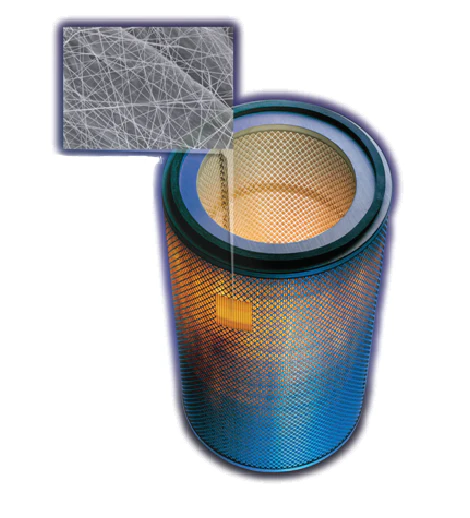A Comprehensive Guide to Hydraulic Filters
Are you tired of dealing with messy and inefficient hydraulic systems? Look no further than hydraulic filters! These handy devices are essential for keeping your machinery running smoothly, but with so many options out there, it can be hard to know which one is right for you. Fear not – in this comprehensive guide, we'll walk you through everything from types of filters and how they work to tips for choosing the perfect filter for your needs. Get ready to take control of your hydraulics like never before!
What Are Hydraulic Filters?
Hydraulic filters are often found on engines, water pumps and other machinery. They help to remove dirt, dust, and other debris from the air that is breathed in. Hydraulic filters use a fluid called hydraulic pressure to help clean the air.
How Do Hydraulic Filters Work?
Hydraulic filters work by trapping dirt, dust, and other particles as they are forced through a small opening. The trapped particles are then washed free of contaminants using a pressurized stream of water. This process is repeated until the filter has been emptied. Hydraulic filters can be found in engines, air conditioning, and other similar devices. They are often required in areas with high concentrations of particulates.
Types of Hydraulic Filters
There are a few different types of hydraulic filters, each with its own benefits and drawbacks. Here is a breakdown of the most common types:
1. Media Filters
Media filters are the most common type of hydraulic filter. They use small pieces of media to trap particles. The media can be either synthetic or natural. Synthetic media is generally more effective than natural media, but both have their advantages. Natural media can trap larger particles, while synthetic media is less likely to clog.
Media filters are typically used in applications where large amounts of particulate matter need to be removed quickly, such as industrial plants and processing facilities. They are also commonly used in water filtration systems.
One downside to media filters is that they can be slow to remove particles. Additionally, they can become clogged over time if the concentration of particles in the water rises high enough. This can lead to problems such as reduced pressure or decreased flow rates.
2. Cartridge Filters
Cartridge filters are similar in design to media filters, but use cartridges instead of small pieces of media. Instead of trapping particles, cartridge filters remove contaminants by adsorption onto the cartridge surfaces. This process is quick and efficient, making them ideal for high-flow applications like water treatment plants and chemical plants..
One downside to cartridge filters is that they require regular replacement (usually every 6 months). Additionally, it’s possible for
Benefits of Using a Hydraulic Filter
On average, a hydraulic filter will remove 99.9% of contaminants from water. Not only is this a highly effective way to purify water, but it also removes many toxins and chemicals that can be hazardous to your health.
Hydraulic filters come in various sizes, so they can be tailored to fit just about any sized household or business. Additionally, hydraulic filters are relatively affordable and easy to maintain; simply rinse them with water every few months to keep them functioning properly.
Overall, using a hydraulic filter is one of the most efficient ways to clean your water and protect yourself and your family from potential health risks.
Conclusion
Thank you for reading our comprehensive guide to hydraulic filters! We hope that this article has provided you with everything you need to know about these important devices and how they can benefit your business. Whether you are in the manufacturing or service industries, a hydraulic filter is essential for keeping your equipment functioning at its best. We recommend that you contact one of our experts if you have any questions about hydraulic filters or would like to learn more about how we can help your business reach its full potential. !



Comments
Post a Comment